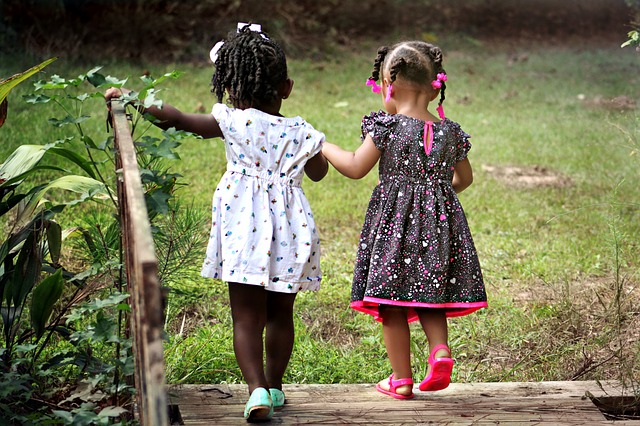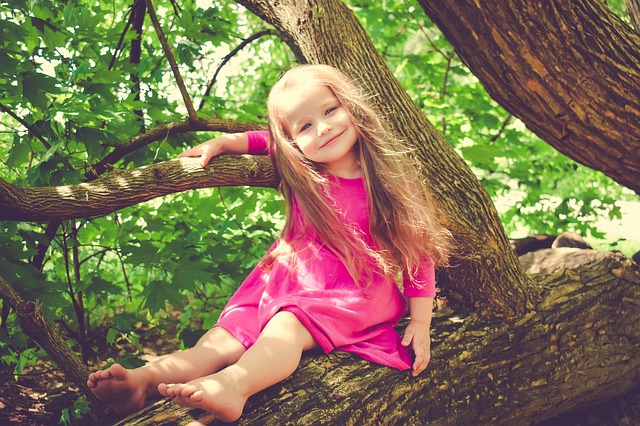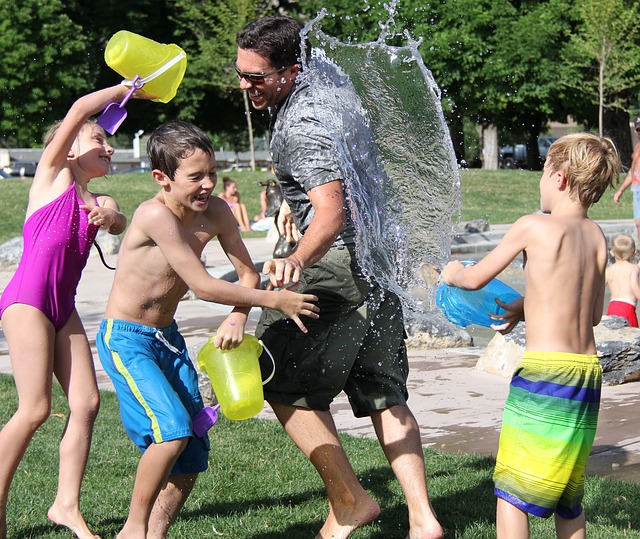
STEM education is a relatively new phenomenon for American kids as Patrick A. Coleman has pointed out in his article on the Fatherly website. As he explains, “The term, stands for Science, Technology, Engineering, and Mathematics, and it has birthed a technical subgenre of children’s activities and products. There are after-school STEM programs, STEM summer camps, and a steadily growing market of STEM toys, all of which seem to share a common goal: promote the skills necessary for academic success and subsequent access to better-paid jobs.”
The questions is, do they work? These toys have been designed to supposedly give your child the best possible start to a future science or technology based career. As Coleman says in his article though, “There remains no real proof that STEM toys are effective and (perhaps ironically) there’s little data-backed support for the STEM premise. And that matters, because STEM toys have a tendency to be expensive and a parent’s reliance on them could crowd out play we know to beneficial for child development, namely open-ended, imaginative, and cooperative play in natural environments.” Read the full article here for more of the research on why these toys may not be as helpful as well meaning parents think they might be.
Toys that have been designed to get your kids onto a specific future line of work, tend to be restrictive. More often than not they have one simple goal the child needs to achieve. There is little scope for your child to deviate from the route the game designer has mapped out. That isn’t great for kids. Children need play that stretches their creative boundaries, that lets them take a simple object and come up with a hundred different uses for it. This is probably why the cardboard box that comes with your kid’s birthday present lands up being played with more than the present itself. It gives your child something that they can be creative with. It can become a spaceship, a robot or a castle, it can be piled on top of other boxes or pushed around the room. There are no limits to what a box can be.

The same is true for outdoor play, a tree branch, a stick and beautifully weathered rock can be anything a child’s imagination can turn it into. The combinations your child comes up with will boost their creativity far more than a single use STEM toy ever could. On top of that play outdoors is active, kids have space to run, jump and climb that helps them discover how their bodies work and improves their co-ordination. Not having a structure imposed upon them allows your child to use their imagination, to be creative and to have open-ended games that can lead anywhere. If they’re out with other kids they’ll also learn co-operation, yet another really important life skill and an essential one for anybody entering the science and technology field.
The irony is that the Toy Association’s unifying characteristics for a great STEM toy suggests, “These toys should be open-ended, relate to the real world, allow for trial & error, be hands-on, child-led, and offer chances for problem-solving, while also being gender neutral, encouraging creativity, building confidence, and promoting social and emotional skills.”
Can you see where this is going? Outside play meets all the above criteria without costing you a cent, needing batteries or an app.

Your kids outdoor space doesn’t even need to be beautiful. Sure it would be wonderful if all children had a woodland just outside their door that they could explore. That isn’t the case for most of us, but fortunately kids aren’t that picky. Their local park, or even a scruffy back yard will provide hours of entertainment given the right collection of climbing branches, boxes, creepy crawlies, a water sprinkler in hot weather and any other odds and sods that appeal to your kids. So send your kids outside, when they grow up into creative, well balanced scientist or engineers they may even thank you for it.